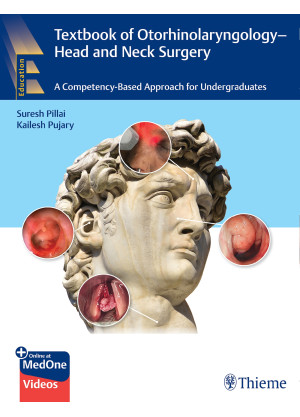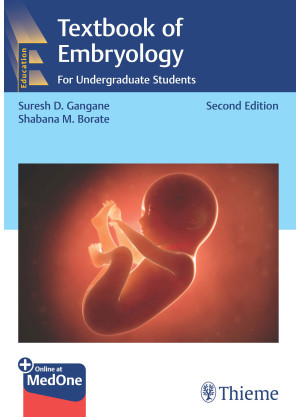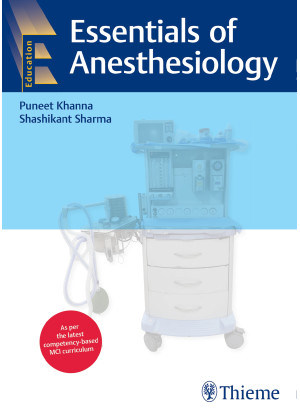Textbook of Embryology: For Undergraduate Students, Second Edition, is one of the few books to cover all the competencies in embryology as per the recommendations of the National Medical Commission of India in a clear and concise manner. This current edition is totally based on Competency-Based Medical Education (CBME). The text and illustrations have been revised accordingly. The book makes a diligent endeavor to present an account of human development in a simple language for easy understanding of concepts by the students. Schematic representations have been incorporated to promote easy reproduction of answers in the theory examination. The quantum of the text is optimum, avoiding superfluous details. The book offers desired and sufficient level of information for students to be able to write a short note on the development of any structure or organ in the examination. The book seeks to help students develop a basic understanding of not only the subject, but also its clinical relevance and core relations, enabling them to grasp of the fundamentals the subject.
This book is demographically relevant to India and explains some common birth anomalies such as polydactyly, syndactyly, tetralogy of Fallot, and cleft lip and cleft palate. A new chapter on “Gametogenesis and Menstrual Cycle” has been added.
Salient features:
• More than 400 high-resolution illustrations and photographs of congenital malformation to offer better understanding and visual impact.
• Competency-based revised test for students to aid revision and recap before examination.
• The entire content is organized as per undergraduate curriculum as recommended by the National Medical Commission (NMC).
• Each chapter begins with the competencies covered in the chapter, followed by learning objectives, keywords, introduction, and necessary text, duly clubbed with illustrations.
• At the end of each chapter, multiple-choice questions (MCQs) and brief answer questions (BAQs) have been provided to equip the students for examinations.
Suresh D. Gangane, MS, FAIMS, is Ex. Professor and Head of Department of Anatomy, Genetic Division, Grant Government Medical College and Sir JJ Group of Hospitals, Mumbai, Maharashtra, India. He has also served as Professor and Head at Terna Medical College, Navi Mumbai, Maharashtra, and at RCSM Government Medical College, Kolhapur, Maharashtra. He was a guide for PhD students at Maharashtra University of Health Sciences, Nashik and at Mumbai University. His previously published books, Human Genetics and Viva Voce in Anatomy, found great favor among the students and the faculty members. He is also one of the authors of Thieme Dissector and has authored Prep-Manual: Anatomy, Volumes I and II.
Shabana M. Borate, MS, PhD (Medical Genetics), is an Associate Professor, Department of Anatomy at Grant Government Medical College and Sir JJ Group of Hospitals, Mumbai, Maharashtra, India. She has a vast undergraduate and postgraduate teaching experience of 22 years. Dr. Borate is a dedicated researcher in the field of genetics for more than two decades. She is a very active contributor in organ donation and body donation drives. She has also contributed to the book Thieme Dissector, Volume I, and is one of the authors of Prep-Manual: Anatomy, Volumes I and II. She is a co-coordinator of Medical Education Unit at Grant Government Medical College and Sir JJ Group of Hospitals, Mumbai.














